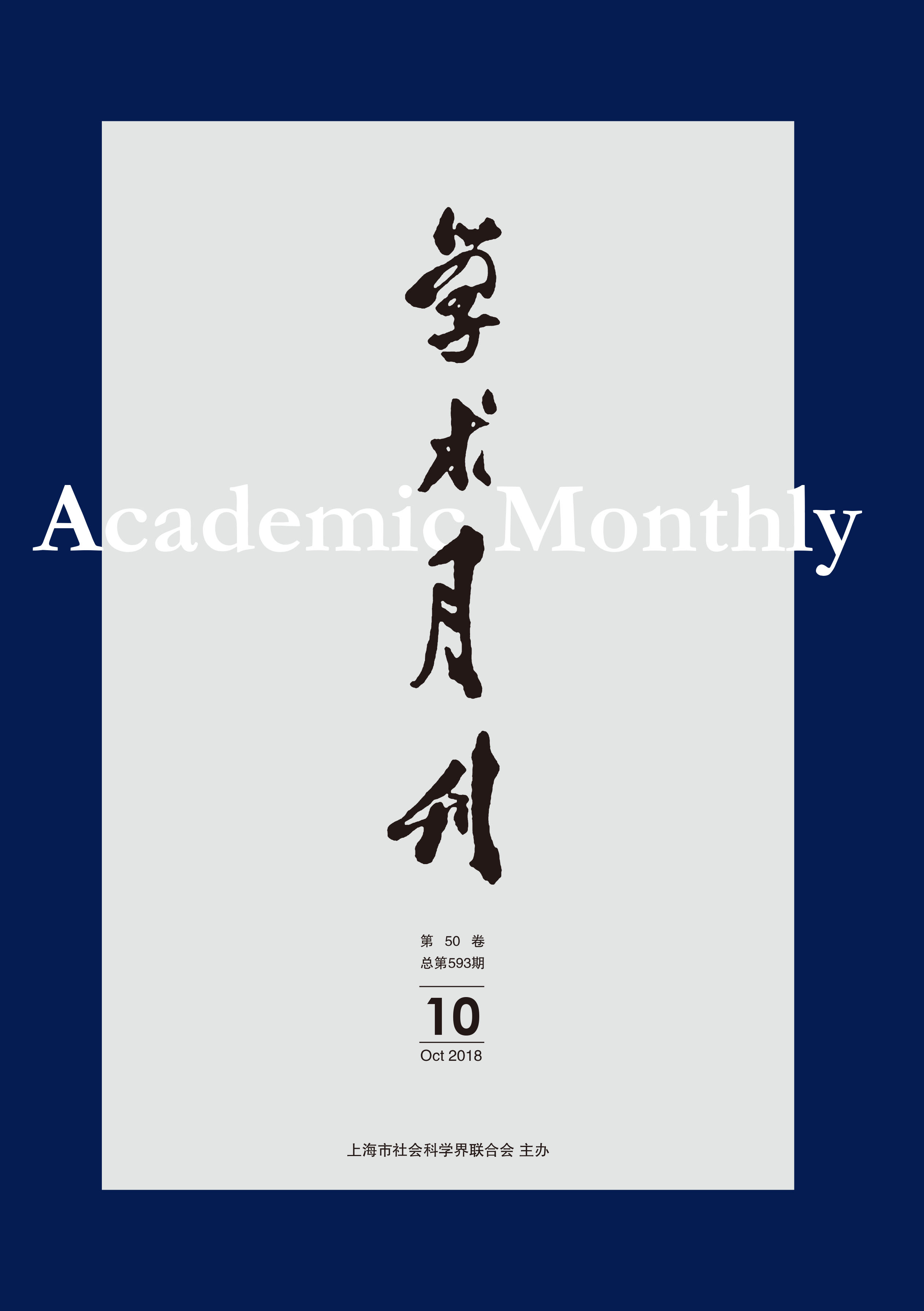On Yaobian Theories between Chinese Scholars and Korean Scholar Jeong Yakyong
- Available Online: 2018-10-01
Abstract: " Yaobian (" 爻变”)” is an important part of the ancient Chinese Zhou Changes ( 《周易》 ), and it is also an important method to explain Changes ( 《易》 ). From the time when Yi zhuan ( 《易传》 ) is written to Han and Song Dynasties, there are rich ideas for yaobian. On the basis of inheriting the predecessors' scholarship on Changes, Jeong Yakyong makes a new explaination of yaobian according to his own understanding, and proposes that the essence of " yao” is change, yaobian is related to Shifa (" 筮法”), yaobian is identical, yaobian is the premise of image-numerological approaches, etc. In this way, image-numerological approaches are rebuilt, whose ontology is Taiji (" 太极”) and core is yaobian. He interprets Changes, Yi zhuan, especially " therefore in (the system of) the Yî there is the Grand Terminus (Taiji), which produced the two elementary Forms. Those two Forms produced the Four emblematic Symbols, which again produced the eight Trigrams”, and other words in Xici ( 《系辞》 ). He treats Taiji as the core and explains the essence of everything (embryo) in detail, starting from the creation of heaven and earth, yin and yang, four seasons and the process of life as well as rapid changes after the formation of the objective world, to reflect the virtue of Taiji. On this basis, he focuses on the symbols of Changes that simulates objective changes. Whether it is Tuiyi (" 推移”), Huti (" 互体”) or Wuxiang (" 物象”), yaobian transforms through it, vividly reflecting the interaction of yin and yang, the endless life, and the rapid changes of the natural world, thus constructing a unique cosmic pattern composed of yin-yang symbols which is flowing, endless, and vigrous.



 沪公网安备 31010102003103号
沪公网安备 31010102003103号 DownLoad:
DownLoad: